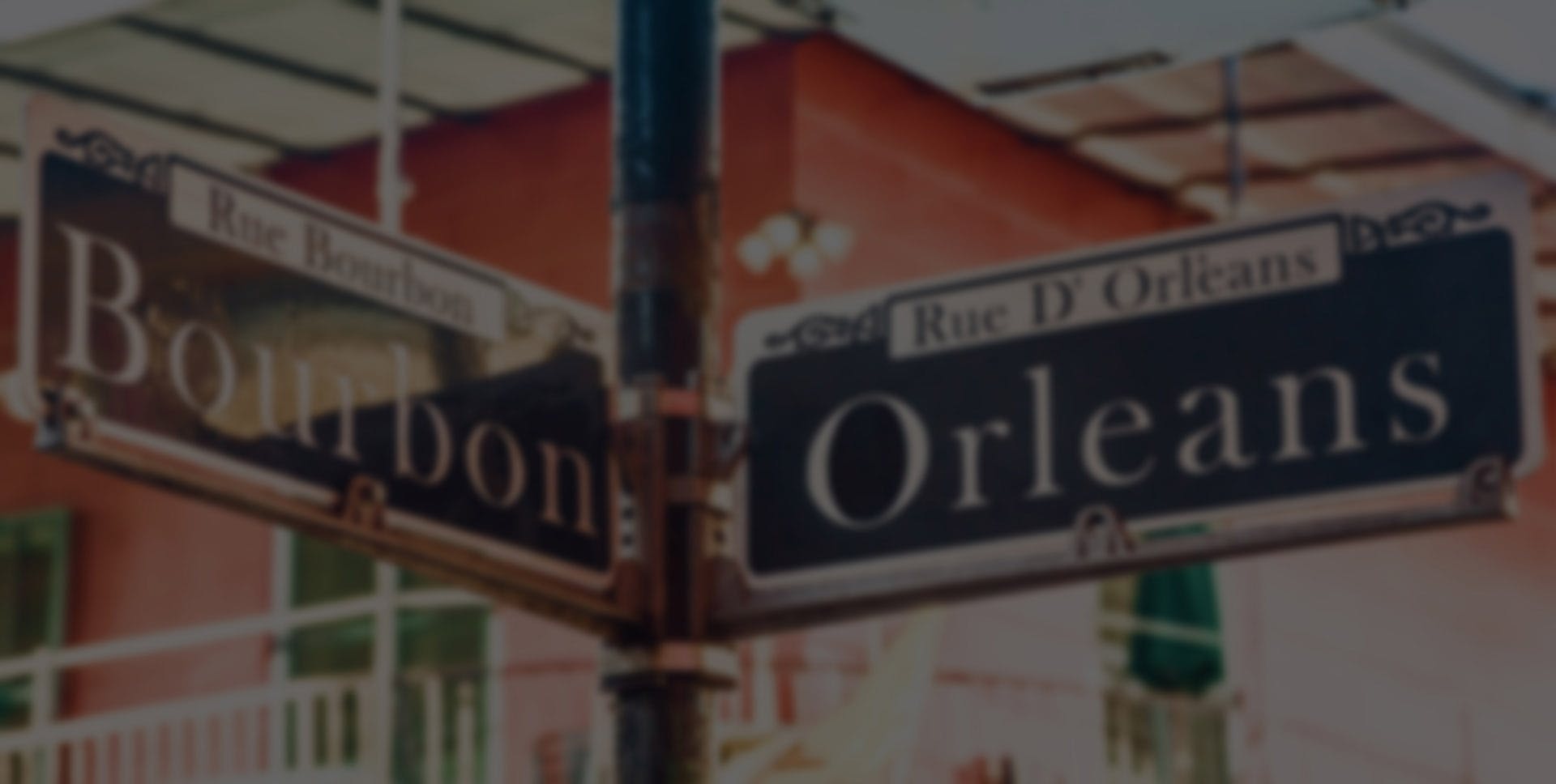
Can You Be Addicted to Rhinoplasty?

May 29, 2018

Specific Reasons for Rhinoplasty
The reason for your very first rhinoplasty can set the tone for your attitude afterward. Many patients are able to voice specific concerns about their noses, such as a humped bridge, nostrils that are too wide, or a bulbous tip. Being able to discuss specific aspects of your nose with your facial plastic surgeon is a very healthy sign. It means that you have certain, hopefully attainable, goals for your surgery. Once you know your goals, you can talk directly about them with your surgeon and eliminate any chance of miscommunication. When you get the results you want from your first surgery, you are less likely to start looking for a second surgery.
Body Image and Rhinoplasty
When addiction to rhinoplasty, or any cosmetic procedure, occurs, the number one problem is the patient’s negative body image. When patients have a harder time explaining what they want to improve, or can’t seem to find positive aspects of their look, this could be a sign of a larger problem. A condition known as body dysmorphic disorder could be at play, which ultimately means that no change can really make him or her happy. With this disorder, patients focus on the negative aspects and often cannot find satisfaction from anywhere. Despite achieving the exact rhinoplasty results they discussed during a consultation with a facial plastic surgeon, patients with this disorder will find something to be unhappy about. Addiction can result if these patients don’t seek therapy or talk about their problem openly with their surgeon.
While having body dysmorphic disorder (BDD) does not guarantee that you will have addictive tendencies to plastic surgery, it can certainly help these patients to be aware of their condition. Some of the symptoms common to BDD include:
- Engaging in obsessive grooming rituals
- Constant examination and picking at the skin
- A need to stare at self-reflection
- Missing social gatherings because of self-consciousness
- Negative self-talk about being ugly, worthless, or flawed
- Thinking of plastic surgery as the only solution to personal problems
If you suspect that you or someone you know suffers from BDD, plastic surgery procedures like rhinoplasty could take you or them down a dangerous path. Be proactive about your condition and seek the help you need to improve your own self-esteem and boost your self-image. Plastic surgery is a much safer option for individuals who are prepared to manage the changes psychologically.
Looking Perfect
One of the early warning signs of body dysmorphic disorder is a strong desire to look perfect. When a patient starts focusing on perfection, rather than the realistic results projected for them by their surgeon, an addiction to rhinoplasty can result. Of course, there are other roads to addiction that are much more specific, like an obsession with a too-wide nose that must be narrowed and narrowed again. Looking flawless isn’t an end goal and shouldn’t be the focus of any plastic surgery procedure. Again, this could be a sign of BDD and shouldn’t go unaddressed.
Good Reasons for a Revision Rhinoplasty
In some cases, multiple rhinoplasty surgeries do become necessary for good reasons. An injury to the nose following a first surgery will almost always lead to a second surgery, especially if the nose is broken. In this instance, a surgeon will attempt to make the corrections to the injury while preserving the initial changes of the first nasal surgery.
In other cases, a revision rhinoplasty can help when the results of the first surgery fell short of the mark. Poor technique, a lack of surgical experience, miscommunications, poor healing, and complications like infection can all threaten the results of a rhinoplasty surgery. When something doesn’t go as planned, the patient may opt to make corrections through a second surgery.
When to Stop the Surgeries
While it’s uncommon for third, fourth, and fifth surgeries to result from the reasons mentioned above, it certainly can happen. With every subsequent surgery, however, the techniques must change slightly and the chances for success get slimmer. Remember that your surgeon will be hindered slightly by the changes that are already in place, the presence of scar tissue, and distorted or lost structures. Over time, it can get difficult to maneuver effectively within the nose and deliver the right results.
There really is no set rule for how many rhinoplasty procedures are allowed for any patient. It really must be determined after a thorough examination and a consultation with your facial plastic surgeon. Some patients develop more scar tissue than others, making every surgery a challenge. In other cases, the changes that have been made might interfere with additional alterations. Take your facial plastic surgeon’s recommendations to heart and make sure that your motivations for surgery are coming from the right place. It’s healthier and safer for you in the long run.
Get an Opinion You Can Trust
If you’re looking at a third, fourth, fifth, or later rhinoplasty surgery, it’s important to contact the right facial plastic surgeon to handle your unique case. Dr. Philip Miller has specialized exclusively in facial plastic surgery, offering over 20 years of experience and knowledge to his patients.
A recognized expert in rhinoplasty, Dr. Miller has been frequently invited to share his specific techniques with his peers at various national facial plastic surgery meetings. He has been voted among the Best Doctors in America each year since 2007 and has also been named a Top Doctor of New York. To schedule a consultation with Dr. Miller, contact his office located at 60 East 56th Street, Third Floor in New York City, by calling (646) 791-3025.
Dr. Philip Miller
Focusing exclusively on the face for more than two decades, double-board certified facial plastic surgeon Dr. Philip Miller blends art and science with innovation and skill to provide thousands of patients with impeccable results. He is known for pioneering the NatraLook methodology for rhinoplasty, facelifts, neck lifts, and other cosmetic procedures for the face.

